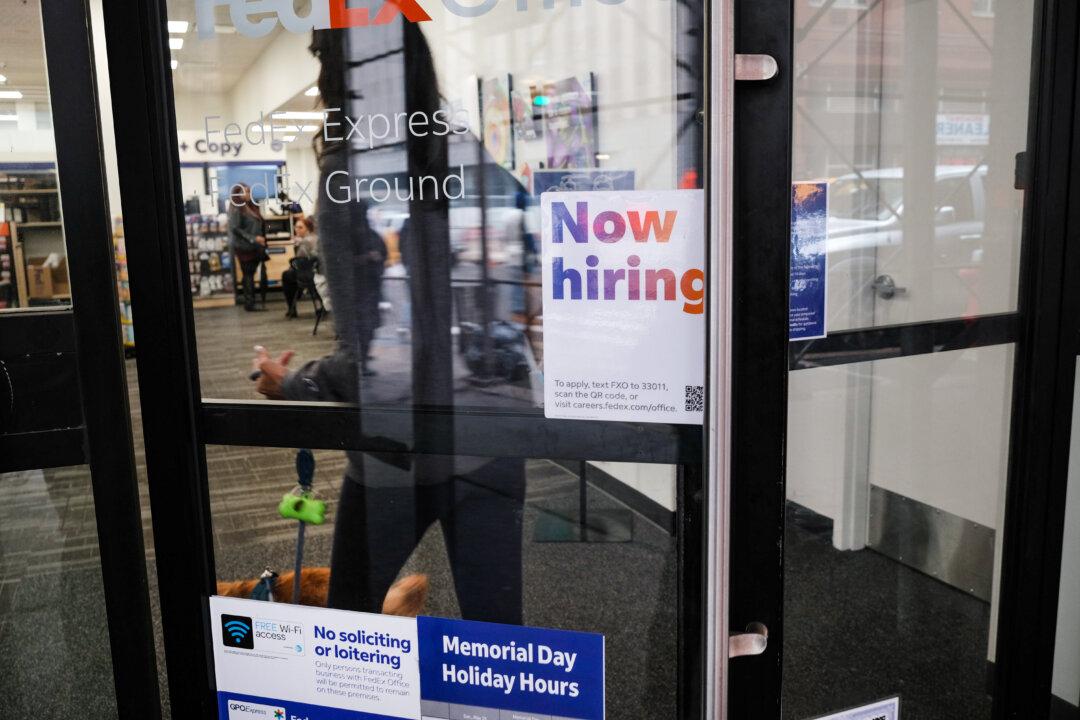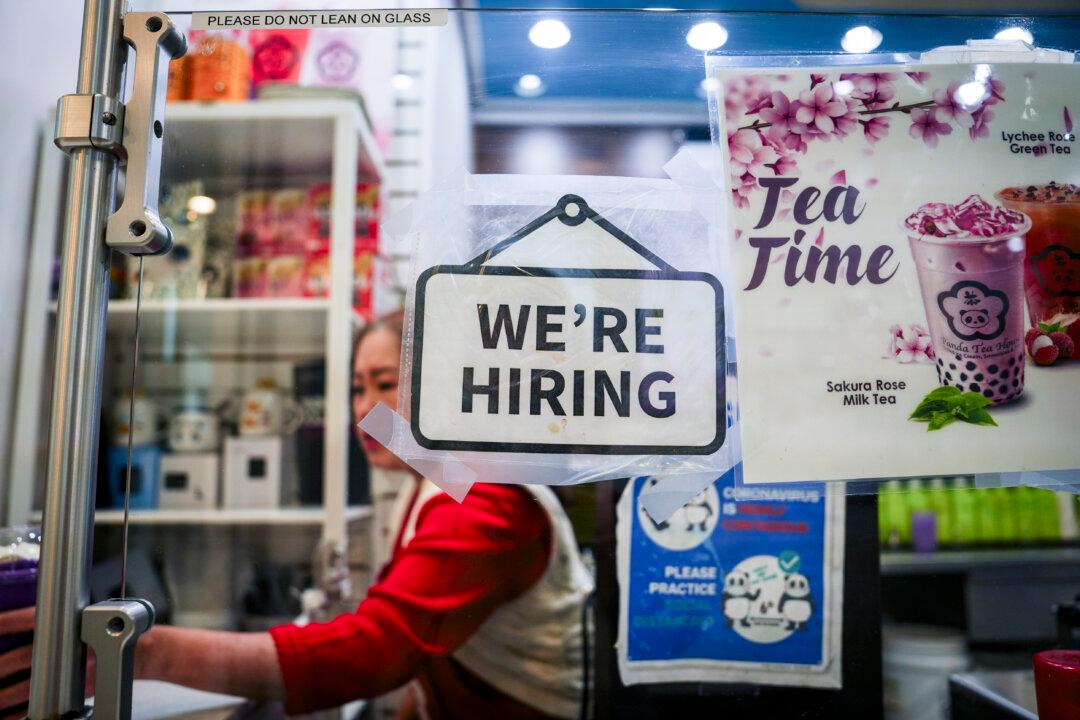News Analysis
Investors called the July jobs data a Goldilocks report. It wasn’t too hot or too cold, but just right for the Federal Reserve and the financial markets. The headline figure fell short of economists’ expectations, with 187,000 new jobs last month.





